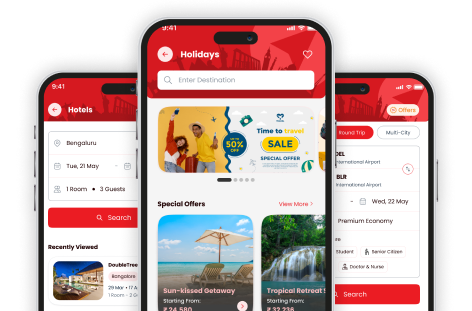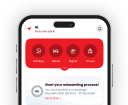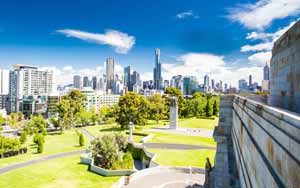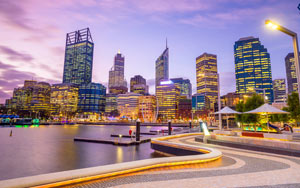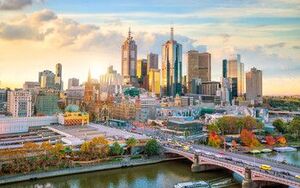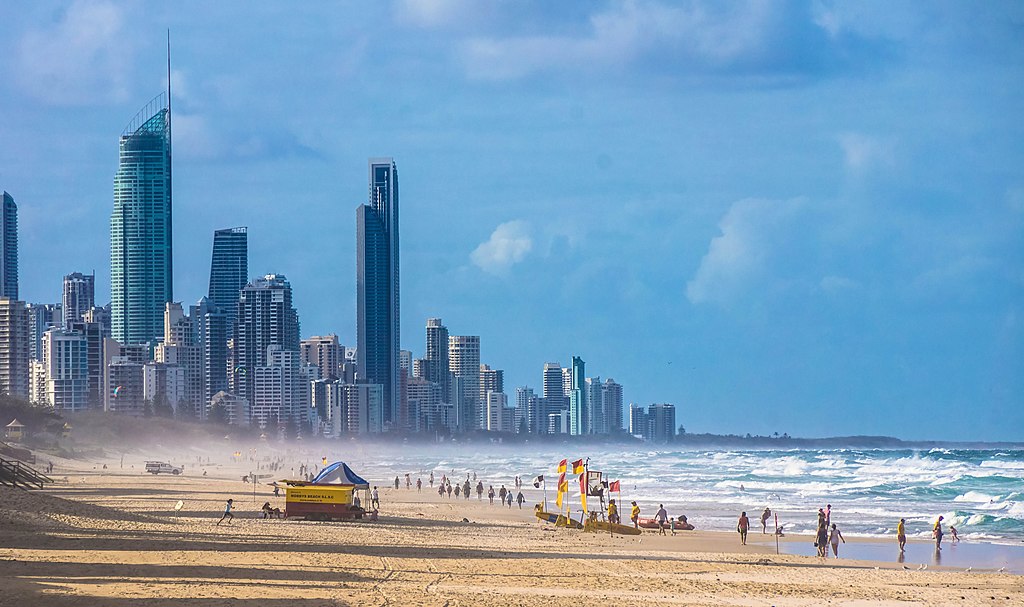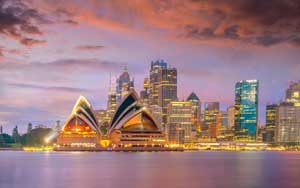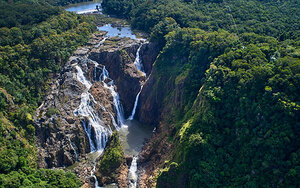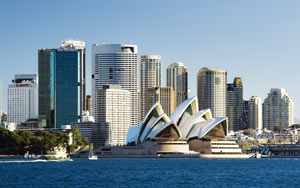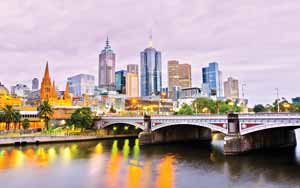and it can be exchanged at banks, hotels and international airports. The currency keeps on fluctuating, so you might want to buy it at the lowest rate before you set out on your
Australia trip. ATMs are spread out everywhere in Australia, but the facilities could be limited in remote towns.
Australian Dollar Facts
| Overview |
Australian Dollar |
| Currency Name |
AUSTRALIAN DOLLAR |
| Short Name |
AUD |
| Symbols |
$ AND A$ |
| Unit |
1/100, CENT |
| Frequently Used Currency (Denomination) |
A$1, A$2, 5C, 10C, 20C, 50C |
You could be charged a fee on your transactions, mainly when you withdraw it from an international account. So, it is recommended to fill up your travel card before you start your travel. At SOTC, we intend to make your travel easy. Get in touch with us and experience an exotic and pleasant holiday season.
Australia Currency
The largest country and the smallest continent on Earth, Australia lies in the southern hemisphere, between the Pacific and the Indian Ocean. Canberra is the capital of Australia and the Australian Dollar is the official currency of this country.
You will need an Australia Visa to visit the country to appreciate its diverse land and fascinating landmarks as well as the magnificent and world-famous coral reefs. Get to meet some of the exotic animals in the world, trek in a rainforest or surf the coastlines on your trip to Australia.
Australia currency information
Australia’s currency is called the Australian Dollar abbreviated as AUD and this is the Australian currency that is used throughout the Commonwealth of Australia. Each Australian dollar is divided into 100 cents. $ is the symbol for dollar and ¢ for a cent. The national currency of Australia is also the fifth most traded currency in the world.
The Australian currency comes in notes of $5, $10, $20, $50 and $100 and coins of 5, 10, 20 and 50 cent denominations. The $1 and $2 denominations also come in coins that are easy to differentiate because of its golden colour. The $2 coin is smaller than the $1 coin. Each Australian banknote also has a different colour.
There is a very interesting fact about the Australian banknote. Australia is the first country in the world that issued banknotes made of polymer plastic. The technology used to produce polymer notes was developed in Australia itself. The polymer notes last longer than the conventional notes and also offer better security by reducing the risk of counterfeiting.
Transacting in Australia money banknotes and coins is easy. All the prices are either rounded up or rounded down. So when you buy worth $1.97 it gets rounded to $2. And if you buy something worth $1.92 it gets rounded to $1.90.
At present, the current exchange rates of some of the currencies against AUD are as follows.
1 GBP roughly equals 1.97 AUD, 1 USD equals 1.49 AUD and 1EUR equals 1.66 AUD.
History of Australian currency
It was on the 14h of February 1966 when the current decimal-based national currency of Australia came into force. Before this, the money system in Australia followed the British sterling system with the pound being its main unit. 12 pence made a shilling and 20 shillings made a pound.
The first European settlers came to Australia in the year 1788 and barter was practiced in the early years. Australia became independent in the year 1901 and the Australian currency came under the federal government. It was in 1910 that the Australian Notes Act was passed and the first Australian note based on the British system was issued in the year 1913.
In the year 1966, the first series of decimal banknotes were issued in Australia which was for the denominations of 1, 2, 10 and 20 Australian dollars. The 5 $ denomination was printed in the year 1967 and the 50 and 100 $ later in the year 1973 and 1984. The polymer notes were created between 1992 and 1996.
Best place to exchange currency in Australia
Currency exchanges are available at international airports, banks, and hotels. However, check the exchange rate that is offered. The airports and hotels may not necessarily offer you favourable exchange rates.
Withdrawing money from ATMs is also an option to get Australian money. Check if your bank has a tie-up with any bank in Australia that can save you the fees. Choose to get charged in the local currency without letting the Australian ATM do any conversion for you. Wherever you get your national currency of Australia exchanged make sure to check the online currency converter to get a fair deal.
Buying Australian money online is also a smart option as the online exchange rates tend to be cheaper than what is offered at most of the stores. There is a facility to pick up the currency from the pickup location or get it delivered to your office or home. The drawback of this method is the international credit card fees and that you have to get money exchanged well ahead of time.
Another way is to head to a money exchange office in the main city center. Here there are more companies selling currencies which means tough competition among the sellers to convert to better rates for you.
Banks also are a favorable option to get Australian dollars and contrary to the belief it is not expensive to get the currency of Australia exchanged in a bank.
Digital transactions in Australia
Tourism is a major element of the country’s economy especially for large cities like Melbourne, Brisbane, and Sydney. It should thus not be a problem to spend money using credit or debit cards here.
EFTPOS or the electronic payments system in Australia is widely available in most of the restaurants, hotels, and shops which accept payment using the card. This, however, incurs some fees.
Visa, MasterCard, Diners Club, JCB, Union Club, and American Express are widely accepted by supermarkets and retailers in Australia. The credit card issuers charge around 1-3% for the purchase made in an international country. Debit cards usually attract lesser fees, however, it is best to get in touch with the bank and be informed about the fees in advance.
Before swiping your credit card or debit card in Australia, inform your local bank about it, else the bank may detect some suspicious activity in your account.
Tipping in Australia
Tipping is not customary in Australia as workers in the tourism industry are not dependent on gratitude. However, it depends on the situation to decide whether or not to tip the service provider.
Restaurants and hotels in Australia do not add any service charge to the bill. A tip of 10 -20 percent of the total bill value is offered to the waiters in upscale restaurants in Australia, provided you liked their service.
....Read Less